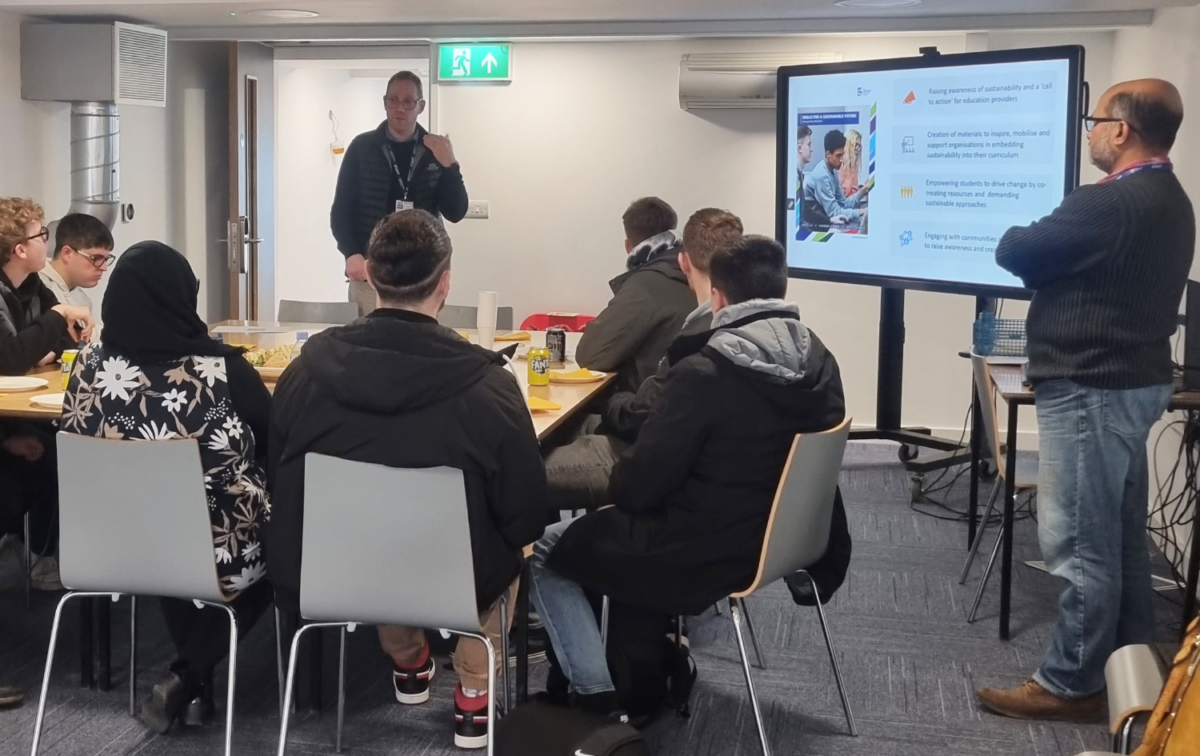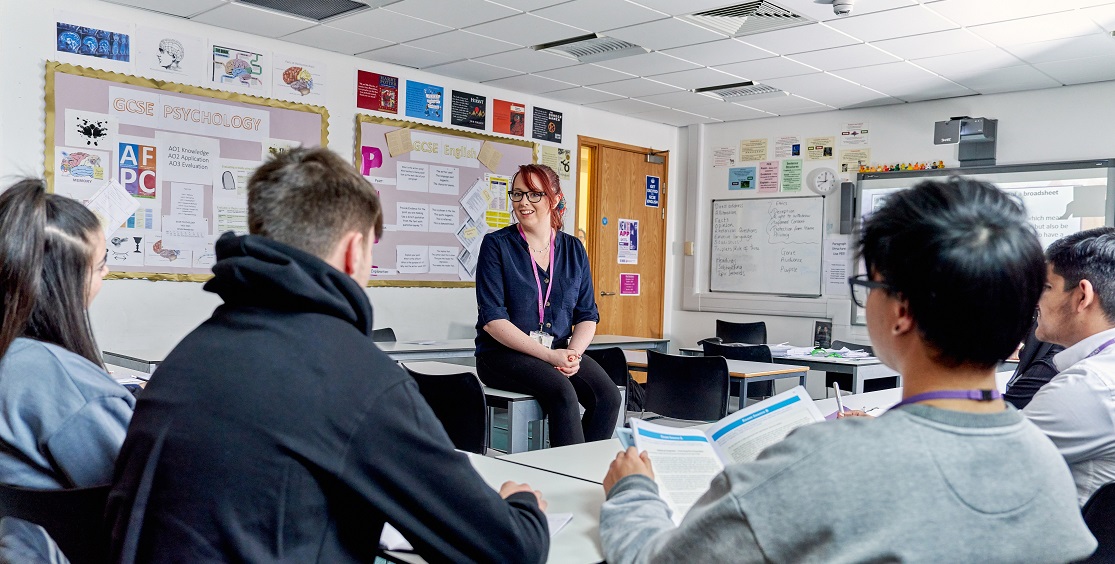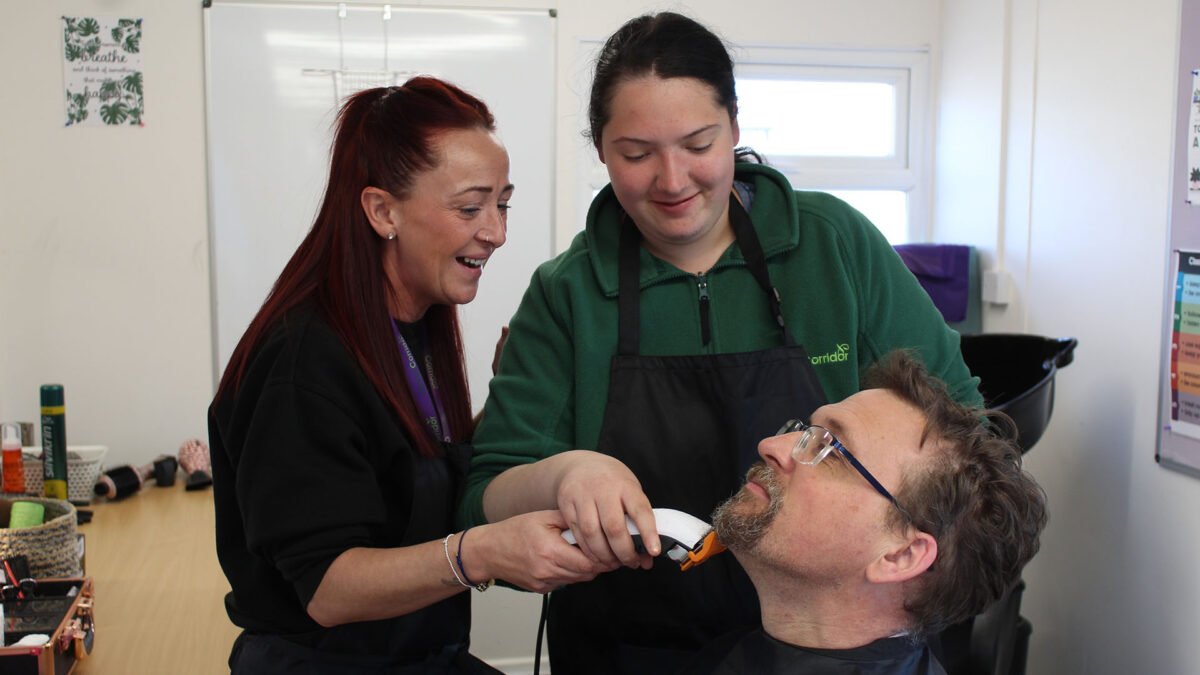Staying Relevant: Top 3 Education Trends for 2024

As technology advances and the Fourth Industrial Revolution takes hold, the landscape of education is rapidly evolving. To effectively engage their students and prepare them for future challenges, educators must stay up-to-date with the latest developments and innovative teaching techniques. In this blog, we’ll explore the top three education trends for 2024 and provide practical tips for implementation.
1. Tech Trends in Teaching and Learning: Gamification, Blockchain, and AI
Gamification
The integration of technology in education has opened up new possibilities for making learning more engaging and enjoyable. Gamification, which involves using game design elements in non-game contexts, is one such approach that has proven to be highly effective.
Gamification creates dopamine in the brain, making learning more pleasurable and rewarding. By incorporating points, rewards, and leaderboards, students become more engaged with lessons, increasing their participation and motivation.
Tips for Implementation:
- Implement Points and Rewards: Use leaderboards, badges, and rewards to motivate students. For example, award points for completing assignments or participating in class discussions.
- Promote Practical Applications: Design gamified activities that require students to solve real-world problems, turning teachers into facilitators who guide and support learning. For instance, a science teacher might create a simulation game where students manage a virtual ecosystem.
Blockchain
Blockchain technology, known for its security and transparency, is making significant inroads in the education sector. It offers a reliable method for storing and verifying academic records.
Explanation:
Blockchain is a distributed ledger that securely duplicates and distributes transactions across a network. It can solve major obstacles in the traditional educational model, such as accessing credentials and validating transcripts.
Tips for Implementation:
- Secure Academic Records: Utilise blockchain to provide a tamper-proof method for storing credentials and transcripts. This ensures that academic records are secure and easily accessible.
- Streamline Verification Processes: Simplify and secure the verification of academic records and certifications. For example, use blockchain to verify the authenticity of diplomas and certificates, reducing the risk of fraud.
Artificial Intelligence
The rise of Artificial Intelligence (AI) is transforming various industries, including education. AI tools can enhance teaching and learning experiences by providing personalised and efficient solutions.
AI can quickly grade papers, offer personalised lessons, and help students gather information effectively. It customises learning plans to fit individual student needs and opens up career opportunities in technology fields like robotics engineering and data science.
Tips for Implementation:
- Personalise Learning: Use AI to create customised learning plans tailored to each student’s needs. For instance, an AI-powered platform can analyse student performance and suggest targeted resources for improvement.
- Automate Administrative Tasks: Employ AI for grading and administrative tasks, allowing teachers to focus more on instruction and student interaction. AI tools can handle repetitive tasks such as attendance tracking and grading multiple-choice tests.
2. Soft Skills Training: Entrepreneurship, Public Speaking, and Leadership Skills
In today’s workplace, critical soft skills like critical thinking, problem-solving, people management, and creativity are highly valued. Schools must equip students with these skills to prepare them for future careers.
Developing Critical Soft Skills
Soft skills are essential for success in the modern workplace, and schools must incorporate them into the curriculum.
Employers seek emerging professionals who can confidently make tough decisions and demonstrate strong leadership qualities. Training students in these skills prepares them for future career challenges.
Tips for Implementation:
- Incorporate Real-World Scenarios: Use case studies and project-based learning to develop these skills. For example, have students work on a group project that requires them to solve a real business problem.
- Encourage Collaboration: Foster teamwork through group projects and peer-to-peer learning activities. Organise activities where students must work together to achieve a common goal, such as a debate or a collaborative research project.
Balancing Online Learning and Soft Skills Development
The trend toward online learning presents challenges for nurturing soft skills. Educators must find ways to balance screen time with face-to-face collaboration.
Institutions that develop quality methods for soft skill training, possibly through Virtual Reality (VR), will find opportunities for growth and a competitive advantage within higher education.
Tips for Implementation:
- Utilise Virtual Reality: Implement VR simulations to create immersive experiences that develop soft skills. For instance, a VR scenario might simulate a business negotiation or a public speaking event.
- Blend Learning Approaches: Combine online learning with in-person or hybrid formats to encourage face-to-face interactions and collaboration. Schedule regular in-person or virtual meetings where students can discuss their online work and collaborate on projects.
3. Decreasing Attention Spans: The Nano Learning Trend
The constant stream of digital content has significantly reduced attention spans, making it challenging to keep students engaged. Nano learning, which breaks down complex topics into bite-sized pieces, is gaining popularity as a solution.
Implement Nano Learning
Nano learning helps students master subjects by making advanced information more digestible and easier to retain.
Nano learning involves creating short, engaging content that focuses on key concepts. This method is particularly effective for younger generations who have shorter attention spans.
Tips for Implementation:
- Create Short, Engaging Content: Develop videos, infographics, and interactive modules that are concise and visually appealing. For example, create a 5-minute video summarising a key concept in biology.
- Focus on Key Concepts: Highlight essential information and main ideas to ensure students grasp the most critical aspects of the subject. Break down complex topics into manageable segments that can be easily understood in a short time.
Tailor Content for Different Generations
Understanding generational differences in attention spans and preferences is crucial for designing effective learning experiences.
Millennials and Gen-Z students have grown up with technology and require engaging content to maintain their attention. Tailoring content to their preferences can enhance learning outcomes.
Tips for Implementation:
- Use Strong Narratives and Visuals: Create content with compelling stories and high-quality visuals to engage Millennials and Gen-Z students. For instance, use storytelling techniques to explain historical events or scientific discoveries.
- Provide Interactive Elements: Incorporate quizzes, polls, and interactive discussions to maintain student interest and participation. Use tools like Kahoot! or Quizlet to create interactive learning experiences.
Conclusion: How to Stay Relevant with These 3 Education Trends for 2024
As technology continues to shape society, it dramatically impacts how people learn and prepare for their careers. To stay relevant, educators and institutions must embrace these three education trends: leveraging technology in teaching and learning, focusing on soft skills training, and adapting to decreasing attention spans with nano learning. By understanding and implementing these trends, educators can create dynamic and impactful learning environments that prepare students for the future. Institutions that remain on top of these changes will position themselves for growth and success, ensuring their students are well-equipped to thrive in the evolving professional landscape.
By Eric Debétaz, Education Consultant at EHL Hospitality Business School
Eric joined EHL Advisory Services as a Consultant in 2020, managing projects & advising on the creation, development and certification of educational institutions in Europe, Middle East, Africa and Latin America. He specialises in Faculty Training & Development, assisting international faculty members and directors in the design, planning and deployment of undergraduate curricula worldwide











Progress in this has been extremely slow. In 2018 I wrote a series of articles on blockchain, microdegrees, AI in the classroom, etc and we are still talking about it more than we are implementing it.
Here’s one article from the series of around ten such predictive articles…. When will education keep up with innovation?
https://www.fenews.co.uk/exclusive/is-2018-the-year-of-education-blockchains-bitdegrees-microdegrees/